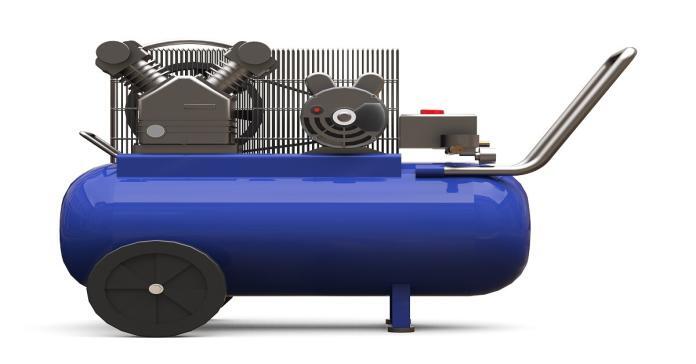Starting a small company might be intimidating because of the abundance of alternatives when it comes to purchasing metal. Understanding metal grades is essential to making wise judgments. Every grade denotes a distinct alloy composition designed for certain uses, impacting elements like longevity, resistance to corrosion, and expense. You will discover the nuances of metal grades in this in-depth article, enabling you to make decisions that are strategically aligned with your small company requirements.
1. Stainless Steel Grades: Navigating Corrosion Resistance and Strength
Known for its ability to withstand corrosion and its adaptability, stainless steel comes in a variety of grades, each intended for a particular use. Grades like 304 and 316 are often found. 304 stainless steel is used in kitchen appliances and architectural elements due to its affordability and resistance to corrosion. Conversely, 316 stainless steel, which has an additional molybdenum added to it, has better corrosion resistance and is appropriate for use in maritime situations and on pharmaceutical equipment. While selecting stainless steel grades, it is essential to comprehend the particular requirements of your small company applications. Choosing higher-grade stainless steel enhances endurance and performance if your activities include exposure to corrosive elements or strict cleanliness standards.
2. Aluminum Grades: Balancing Strength and Formability
Because of its lightweight nature and formability, aluminum is prized for a wide range of industrial applications. It is available in several grades. Typical grades are 7075 and 6061. The high formability and weldability of grade 6061 make it a popular choice for consumer electronics, automotive parts, and structural components. In contrast, high-performance constructions and aerospace components use 7075 aluminum because of its exceptional strength and stress resistance. Selecting the appropriate grade of aluminum for your small company requires taking into account many elements, including structural needs, weight limitations, and production procedures. Six 6061 aluminum components can be the best option if your operations need parts with complex designs or a weight-to-strength ratio. However, 7075 aluminum guarantees strong performance for applications needing greater strength in harsh situations.
3. Carbon Steel Grades: Evaluating Strength and Machinability
Carbon steel is divided into several classes according to the amount of carbon and the alloying components. It is known for its great strength and low cost. Grades like 1018 and 1045 are often used. Because grade 1018 has a low carbon content and great machinability and weldability, it may be used for a variety of applications, such as bolts and shafts. Conversely, 1045 carbon steel has more strength due to its greater carbon content, which makes it perfect for gears and other machinery parts. The strength vs. machinability trade-off must be understood when choosing carbon steel grades for your small company. If you use a lot of machining or welding, choosing a lower carbon percentage, like 1018, will make fabrication easier.
4. Brass Grades: Navigating Alloys for Aesthetic and Functional Appeal
The copper-zinc alloy known as brass is highly valued for its resistance to corrosion and visual beauty. Various grades of brass may serve multiple small company applications. Cartridge brass (C260) and free-cutting brass (C360) are common grades. C260 is often used in plumbing fittings, electrical components, and ornamental applications because of its superior formability and resistance to corrosion. C360, which is well-known for being machinable, is used in fasteners, valve parts, and precision components. It’s important to consult your metal supplier to determine the most suitable brass grade for your specific small business applications. Their expertise can guide you in selecting the optimal brass alloy that aligns with your project requirements.
5. Copper Grades: Weighing Conductivity and Corrosion Resistance
Due to its electrical conductivity and resistance to corrosion, copper comes in a variety of grades, each designed for a particular use. One often encounters grades such as C101 (Oxygen-Free Electronic) and C110 (Electrolytic Tough Pitch). Excellent conductivity and formability make C110 a valuable material for heat exchangers, plumbing parts, and electrical wiring. C101 is used in switches and connections in electronics because of its low oxygen concentration, which improves electrical conductivity. Knowing the differences in copper grades is crucial for small companies that depend on copper for thermal or electrical conductivity. C101 guarantees peak performance if your processes include electrical components where excellent conductivity is essential.
Conclusion
Successfully navigating the wide range of metal classes is an important strategic undertaking for small firms. There is a range of grades available from brass, copper, carbon steel, aluminum, and stainless steel; knowing the subtle differences between these alloys can help you make wise choices. This methodical technique for choosing metal grades improves the quality of your goods while also helping your small company succeed and expand as a whole.
You may also like,








